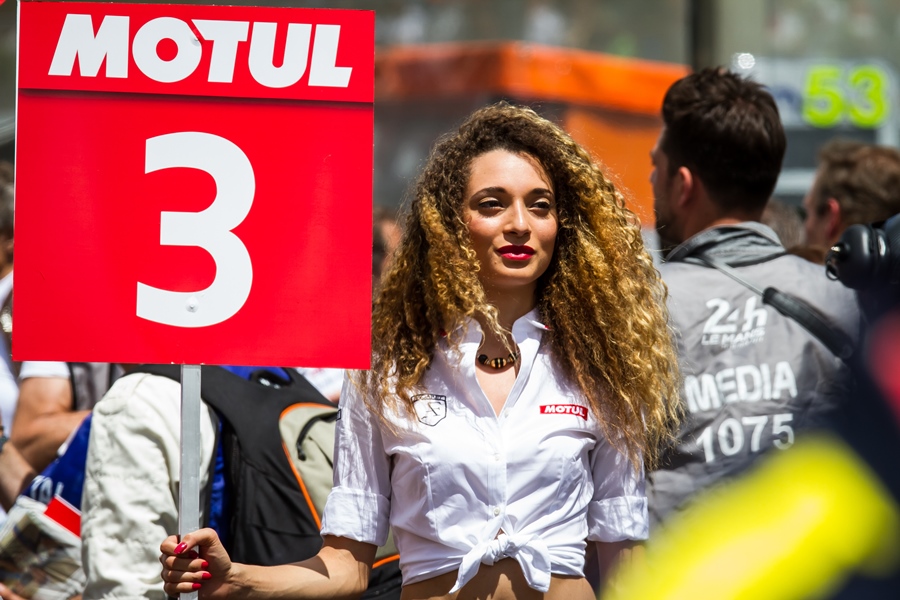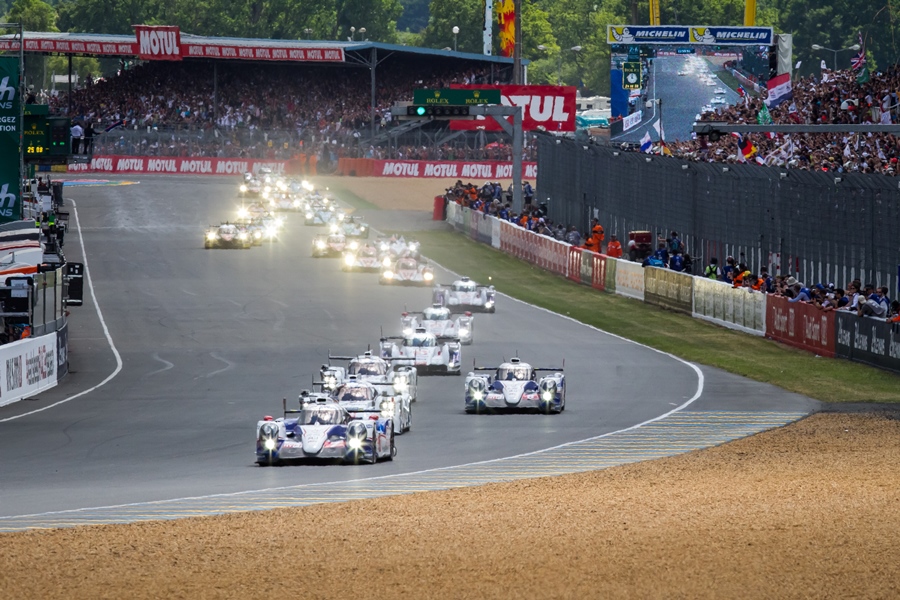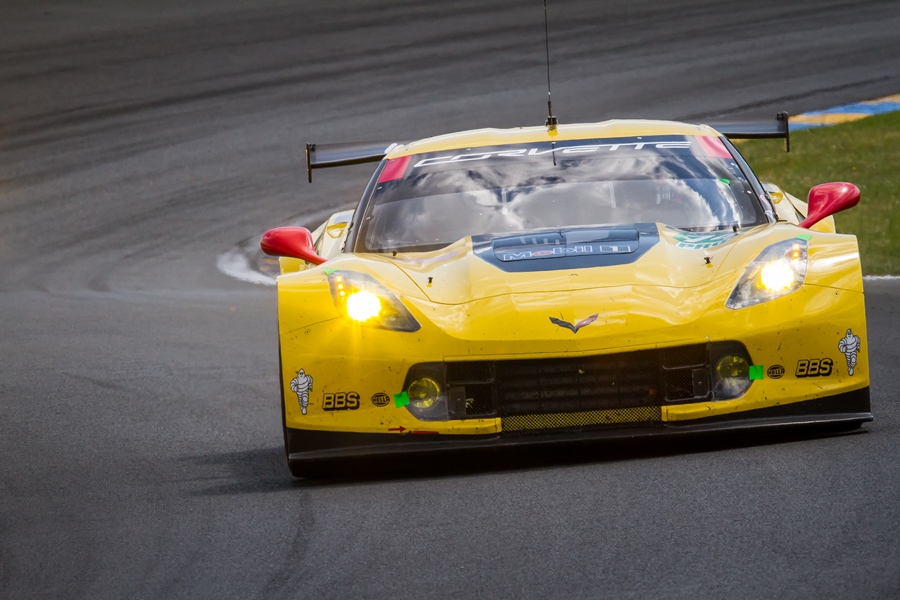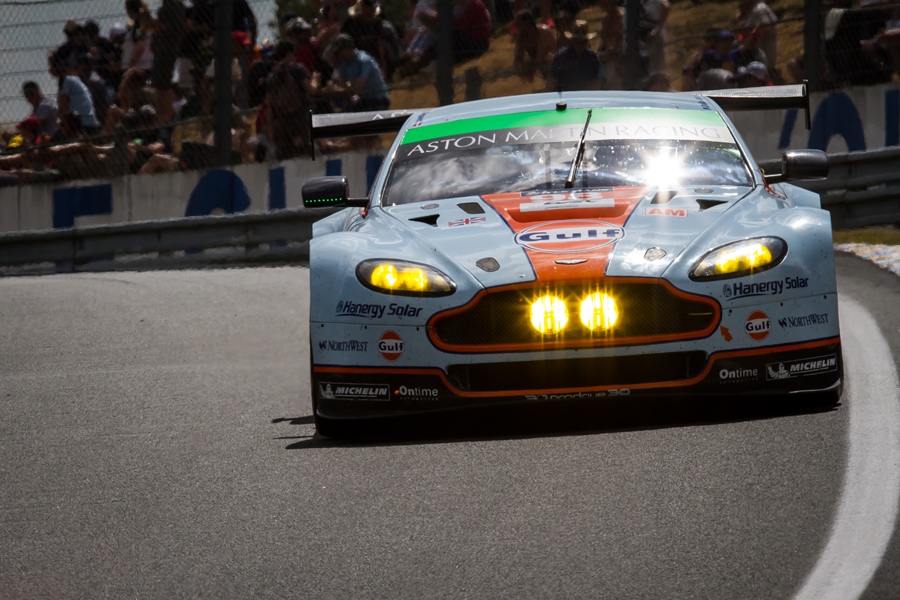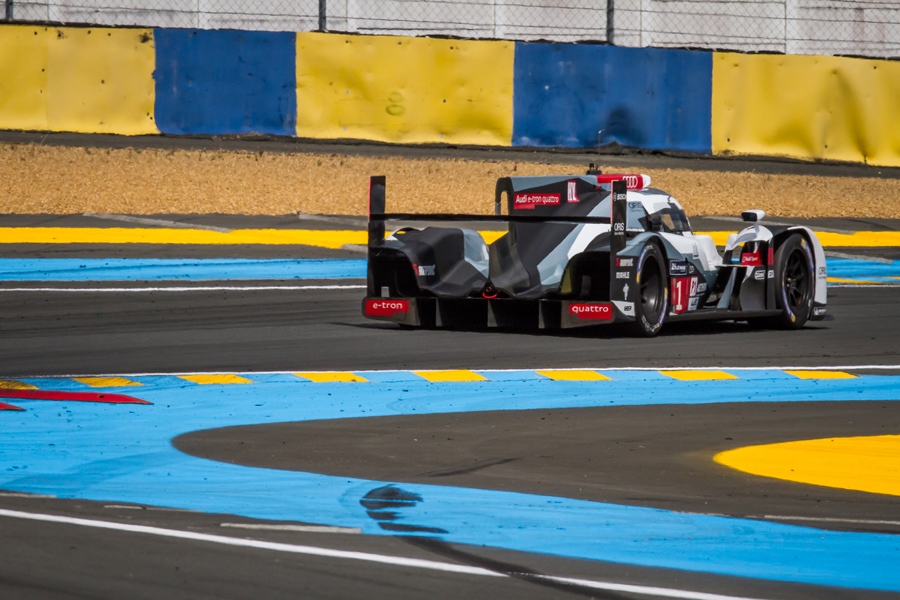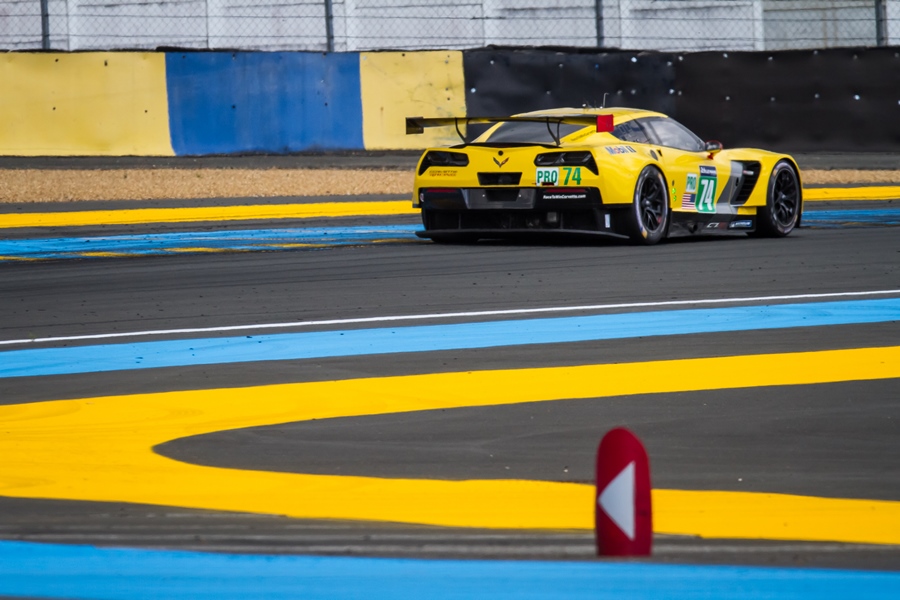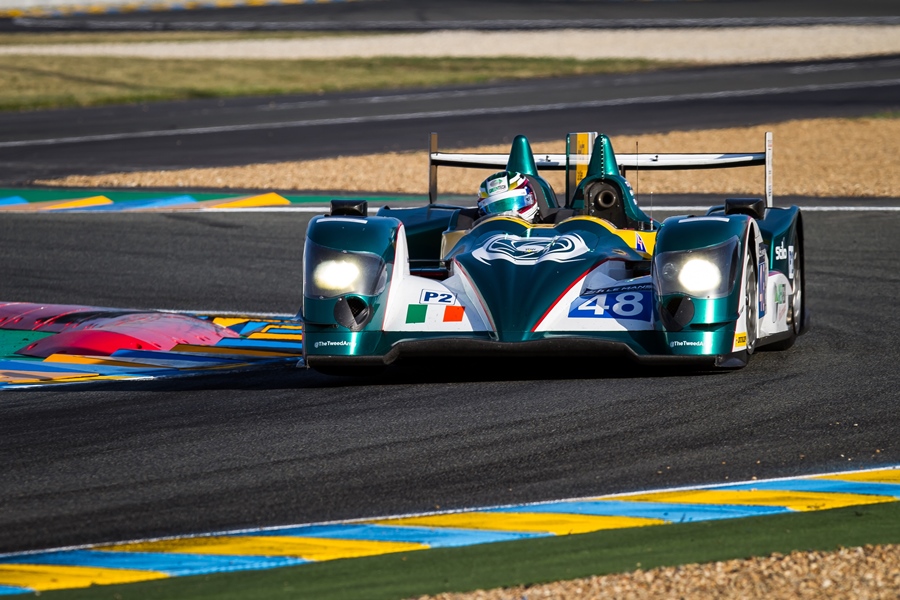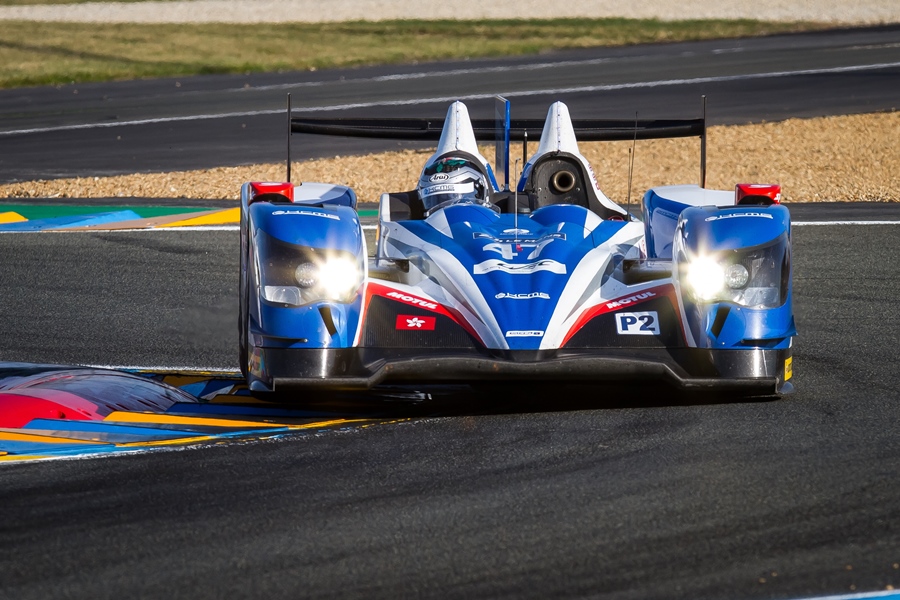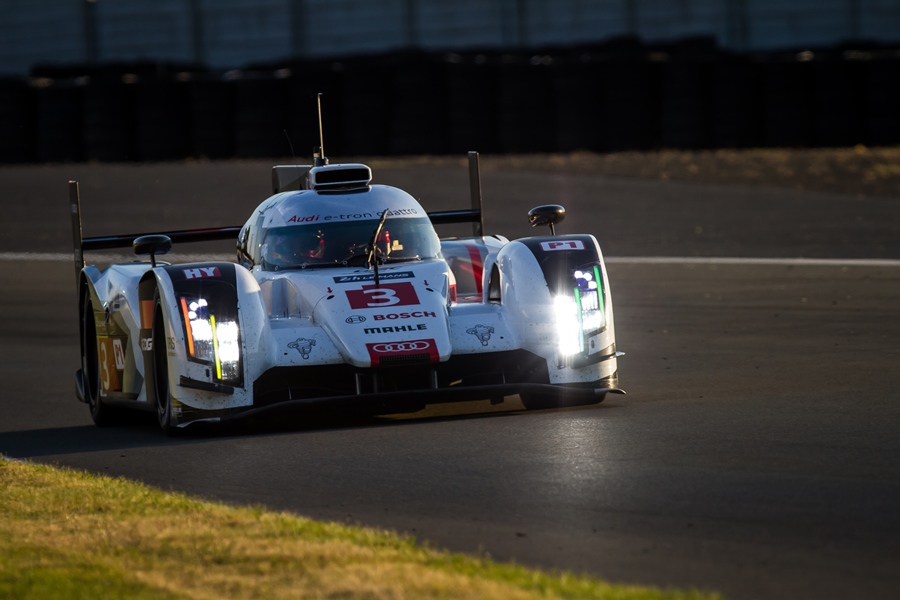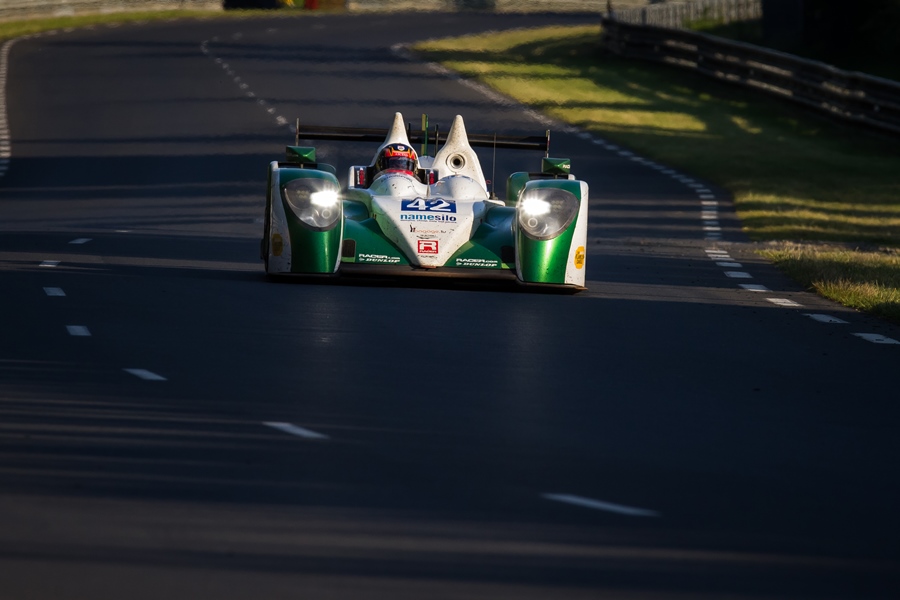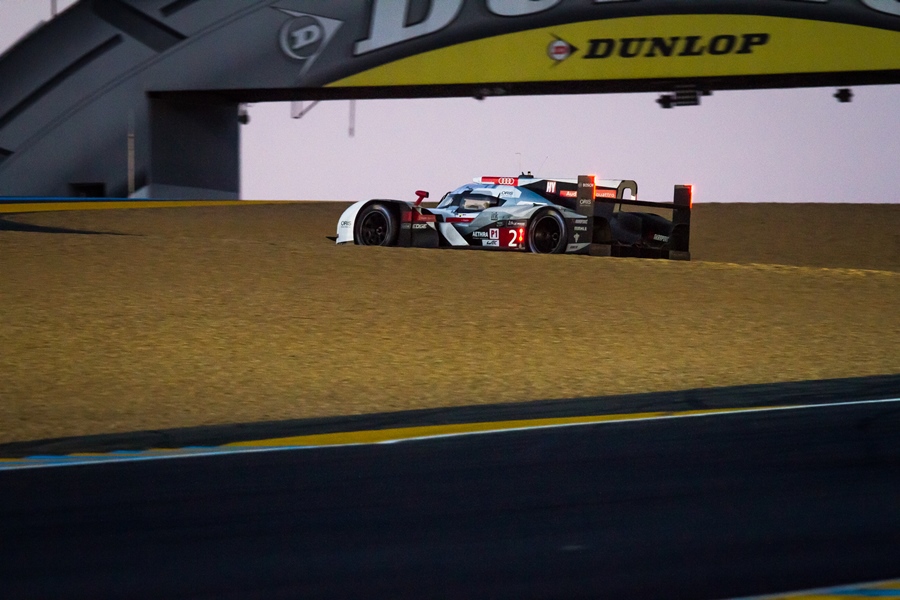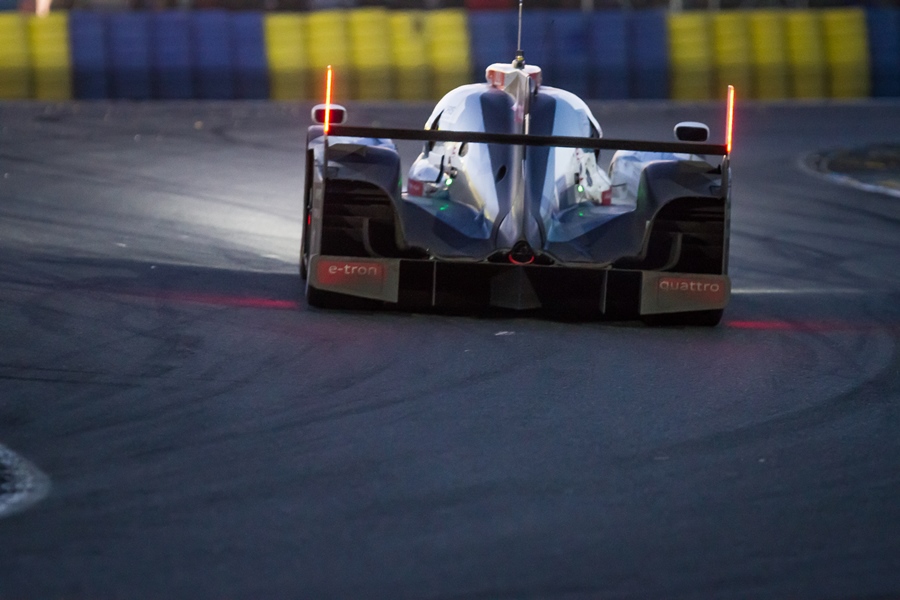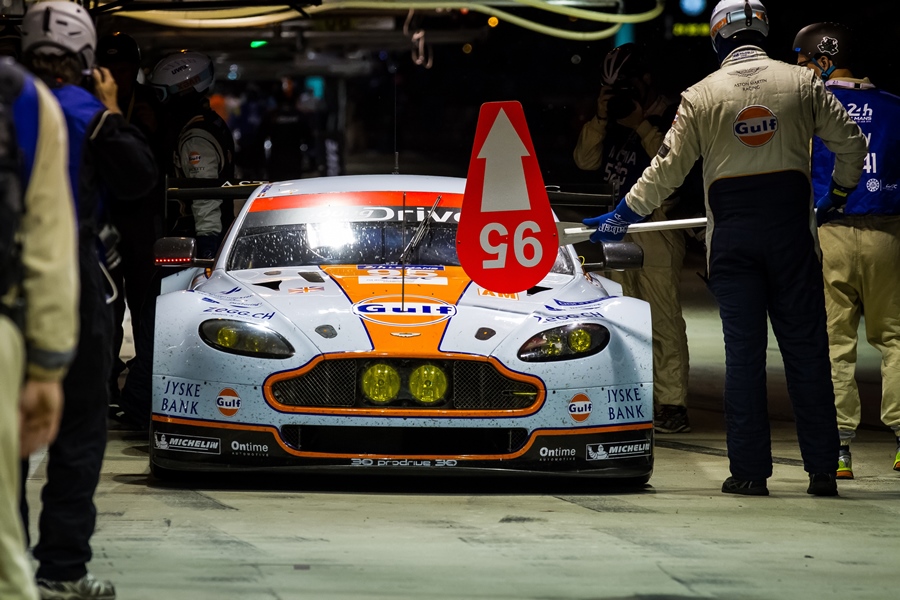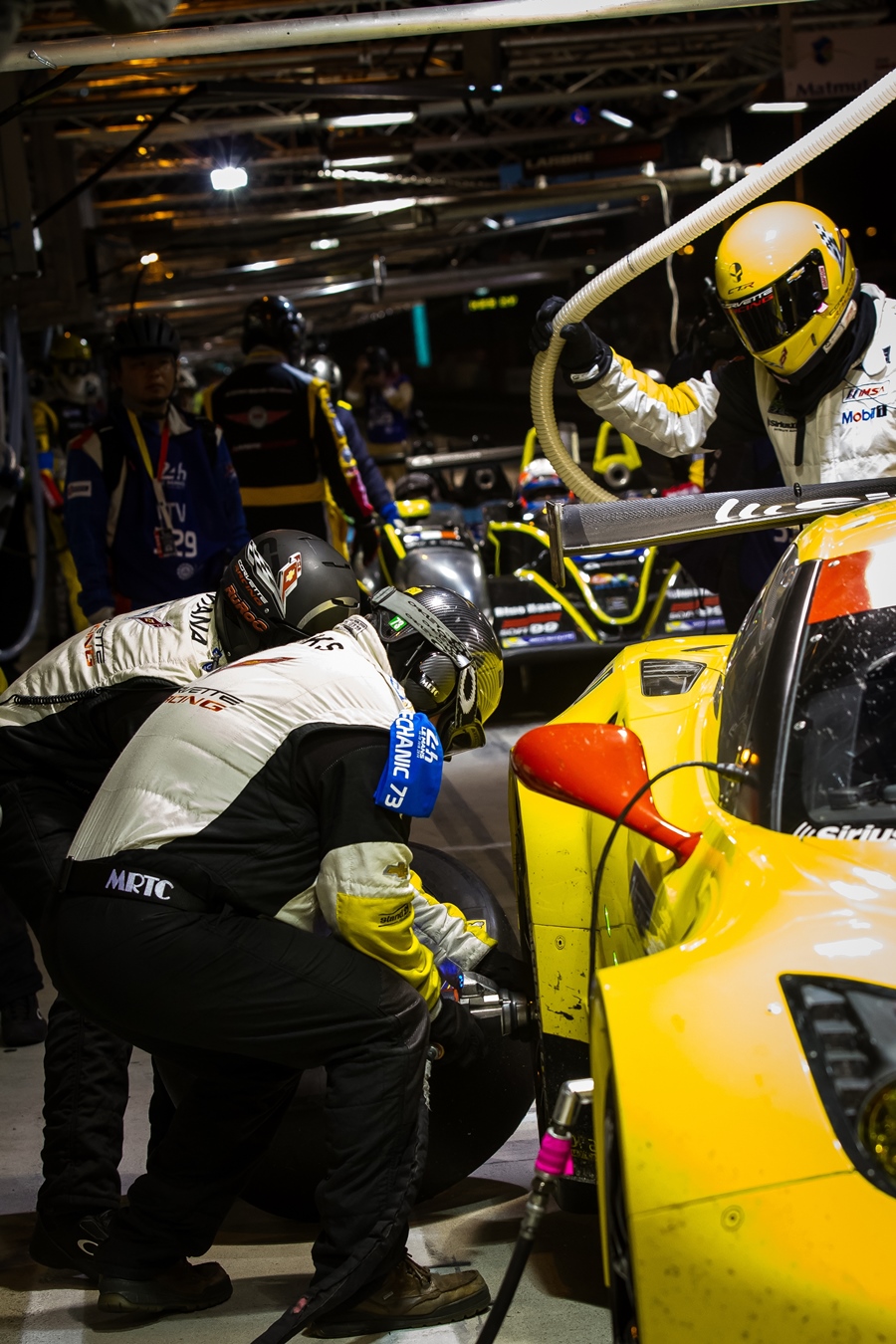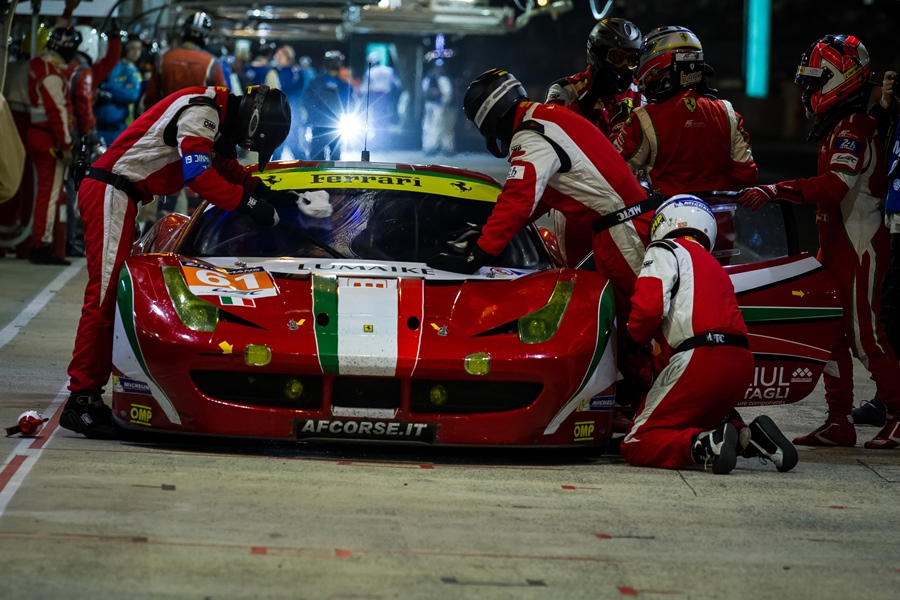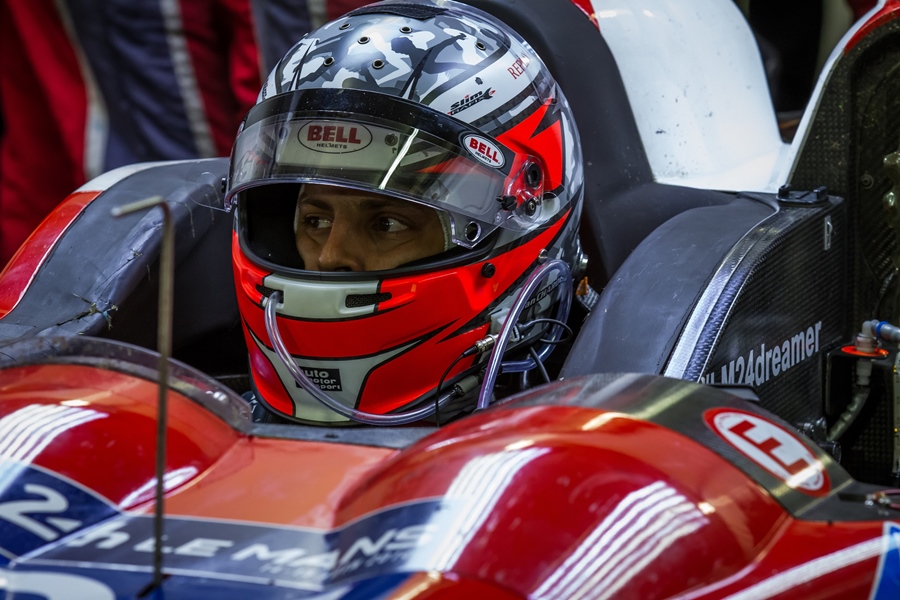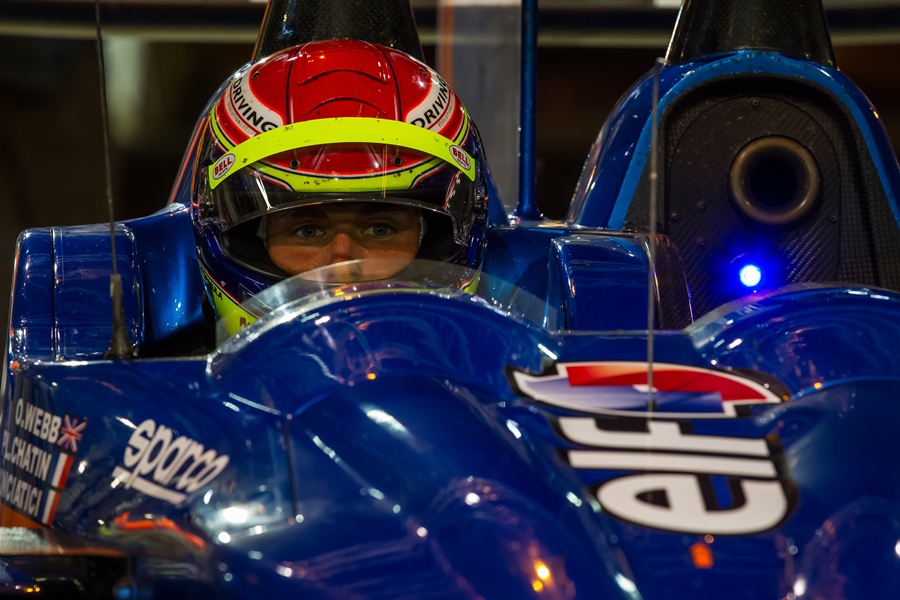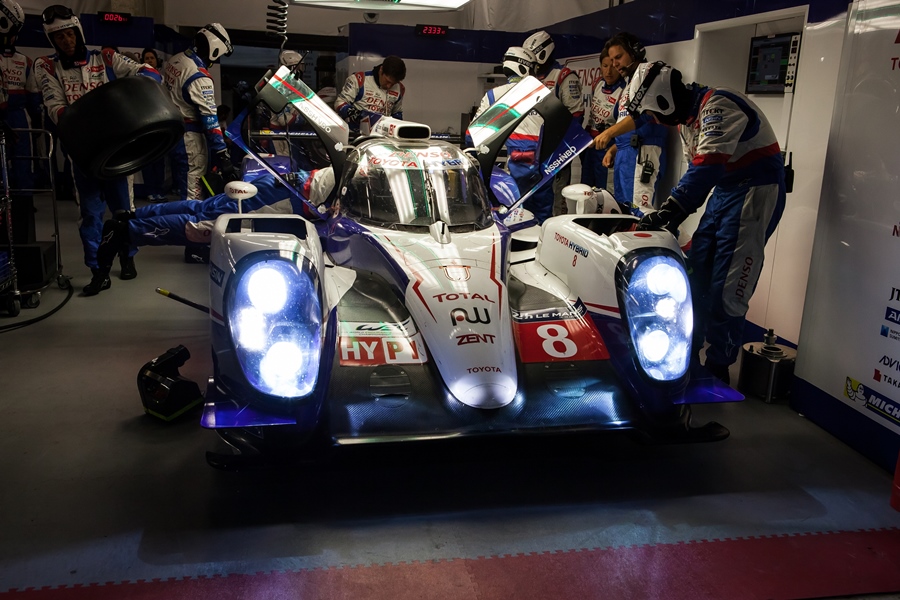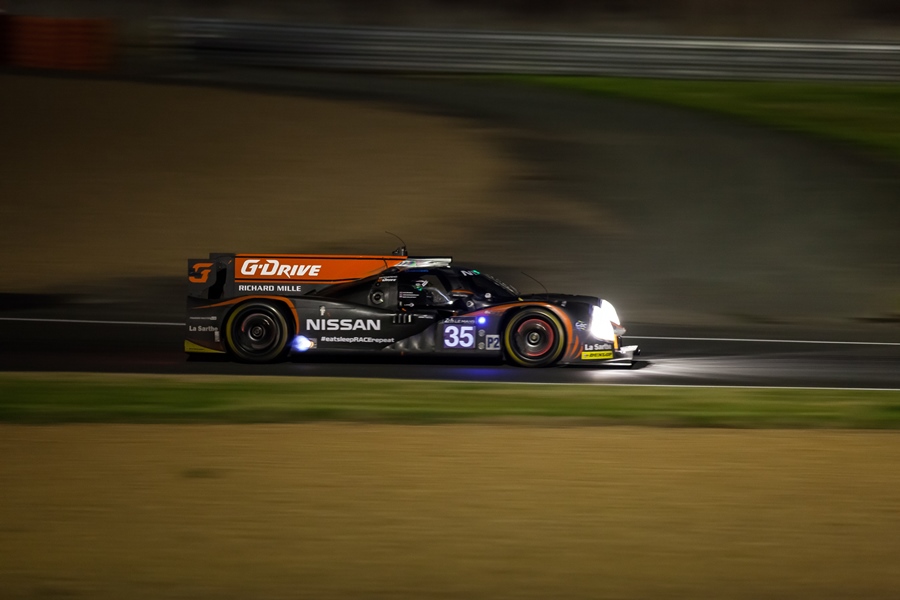Le Mans, the most demanding endurance race in the history of motorsports. A test of driver skill, technology, reliability, and seamless team work. Its story continues in 2014 in it’s 82nd year, and people from all over the world come to watch the drama unfold. One cannot fathom the size and significance of Le Mans. Although I’ve been told by friends / colleagues what an epic race this is, I really had no idea what to expect. I researched as much as I could in terms of gear (i.e. which lenses to bring, auxiliary equipment, a FAST computer for processing power, and really good shoes!!), but you need to travel as light as possible, because the days at Le Mans are long when shooting and excessive gear will just drag you down. I was the new kid on the block, and I was being sent by Post Media and Audi Canada to provide coverage of this most prestigious race. What I encountered was quite overwhelming. For you see, the 24 of Le Mans is a circuit that is 13.6kms long. It has been held annually since 1923 near the town of Le Mans, France, and is commonly known as the Grand Prix of endurance and efficiency. The race teams have to balance speed against the cars’ ability to run for 24 hours without sustaining mechanical damage to the car and manage the cars’ consumables, primarily being fuel, tires, and braking. The endurance of the drivers is likewise tested as drivers frequently spend stints of over two hours behind the wheel before stopping in the pits and allowing a relief driver to take over the driving duties. Drivers then grab what food and rest they can before returning to drive another stint. Current race regulations mandate that three drivers share each competing vehicle.
The race is organized by the Automobile Club de l’Ouest (ACO) and runs on the Circuit de la Sarthe, a circuit containing a mix of closed public roads and specialist motor racing circuit that are meant to test two aspects of a car and driver: their ability to be quick and their ability to last over a 24-hour period. The competing teams race in groups called classes for cars of similar specification while at the same time competing for outright placing amongst all of the classes. Originally, the race was held for cars as they were sold to the general public which were then called Sports Cars compared to the specialized racing cars used in Grand Prix Motor racing. Over time, the competing vehicles evolved away from their publicly available road car roots and today, the race is made of two classes: specialized enclosed-bodywork two-seat Prototype sports cars (LMP1 and LMP2) and two classes of Grand Touring cars which bear much closer resemblance to high performance sports cars as sold to the public.
Competing teams have had a wide variety of organization, ranging from competition departments of road car manufacturers who are eager to prove the supremacy of their products, to professional motor racing teams who represent their commercial backers, some of which are also road car manufacturers attempting to win without the expense of setting up their own teams, to amateur race teams, racing as much to compete in the famous race as to claim victory for their commercial partners.
The race begins in mid-afternoon, racing through the night and following morning before finishing at the same time the race started, the following day. Over the 24-hour period modern competitors will complete race distances well over 5,000 km (3,110 mi). It is a distance over six times longer than the Indianapolis 500, or approximately 18 times longer than a Formula One Grand Prix.
Prior to the race, there are practice sessions, qualifying races, and a drivers parade, where fans have a chance to get up close and personal with the drivers as they travel through the streets of old Le Mans in open top vintage cars, handing out everything from stuffed animals, signed posters, and beads. Having experienced this first hand, the drivers parade is quite the spectacle, given the amount of alcohol consumption occurring on the side lines. But it attracts people of all ages, and of course legends like Derek Bell.
So, I fly into Paris, France, on the Wednesday, and with the threat of the French rail workers striking, I take the TGV high speed train to Le Mans. Upon arrival, I quickly flag a taxi and head to the ACO building to pick up my accreditation, and then shuttled to the circuit. Once at the circuit, I make my way to the paddock and up to the media center. There must had been at least 1000 automotive journalists / photographers in the room, all buzzing in preparation for the race to begin. At this point, I take part in the photographers debriefing, providing an overview of all the safety aspects that include very strict guidelines on where one can stand, shoot from, and more importantly areas that are off limits. Anyone that is caught breaking the rules, is banned from shooting Le Mans for life.
I later then met up with some great friends at the Blue Sud campgrounds just outside the circuit, where I took in 2 nights of camping before heading over to the Audi Racing hotel. The fresh air, a BBQ, the sound of the circuit in the background, and some cold refreshments with fellow race fanatics ….. was something this guy will never forget. I highly recommend to anyone traveling to Le Mans, that they experience it the same way! But reserve early, because spots go quickly!
I worked the practice laps and qualifying, scouting locations for the big race day. There are several shuttles available to the media that take you to various points around the track, such as the Porsches Curves, Karting, and Indianapolis. Many seasoned photographers rent scooters, and make the best of their time getting to various areas of the track. I felt angry every time one passed me, as being on your feet for 12-14 hrs a day sure pays a toll on the body. But after a couple days of test shooting and having discussions with some helpful photogs, I felt ready for the “big show”!
The day of the race, the buzz is in the air. The media scrums. Fans walking pit lane. The line up of the cars, with LMP1 and P2’s upfront, followed by the GT classes. The time on the Rolex clock counting down to race time. I leave the paddock area early to capture hold of my previously scouted position, which I considered the best angle for the start of the race. Shortly after I arrive, other photogs show up, and more, and more ….. and soon a wall of 300-600mm lenses align track side waiting for the flag to drop. It was at this moment that I realized how cool this really is, and I was part of it. I felt fortunate to be there, to be able to combine my passion for photography with motorsports, and at no bigger event than Le Mans. Excuse my “french”, but this was sooooooo F’n incredible!
Being the new guy, there are many lessons I learned from this adventure, and if (or should I say when!) I return to Le Mans, I will have a greater understanding of the circuit and be better equipped to be more efficient with my time. Scooter rental “check”!
Below are many of my favorite images from the 82nd Edition of Le Mans, enjoy!
Porsche Carrera CUP





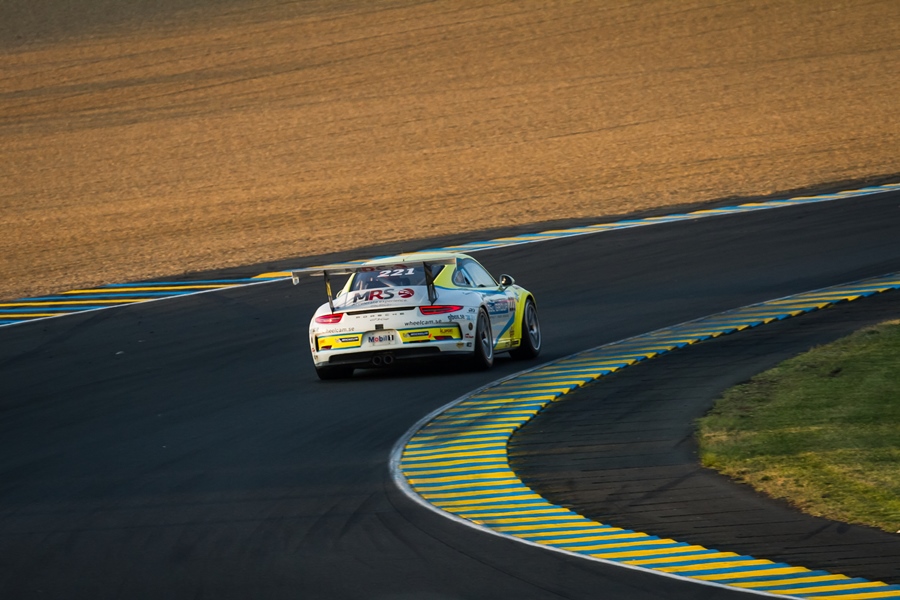


Drivers Parade

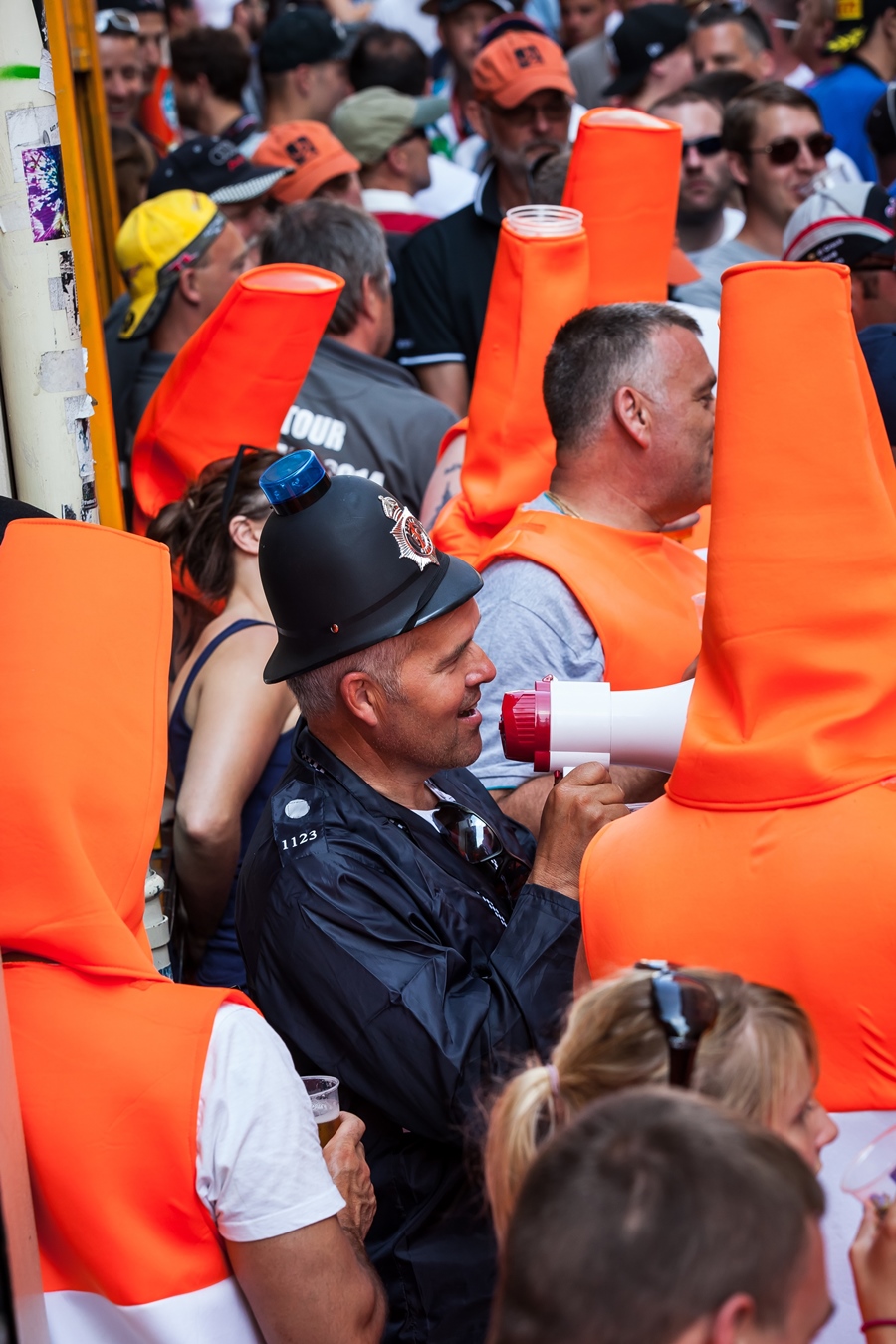


















Pit Lane





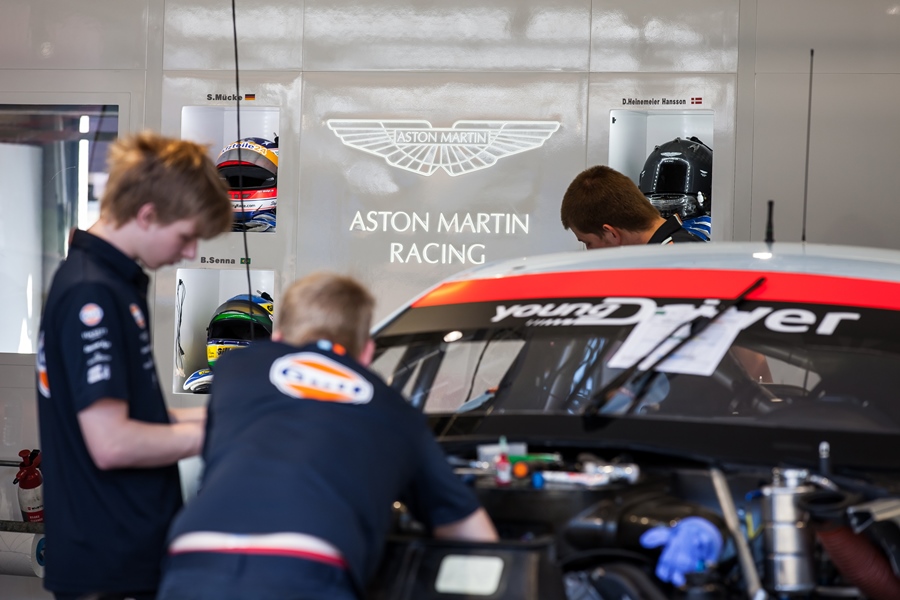











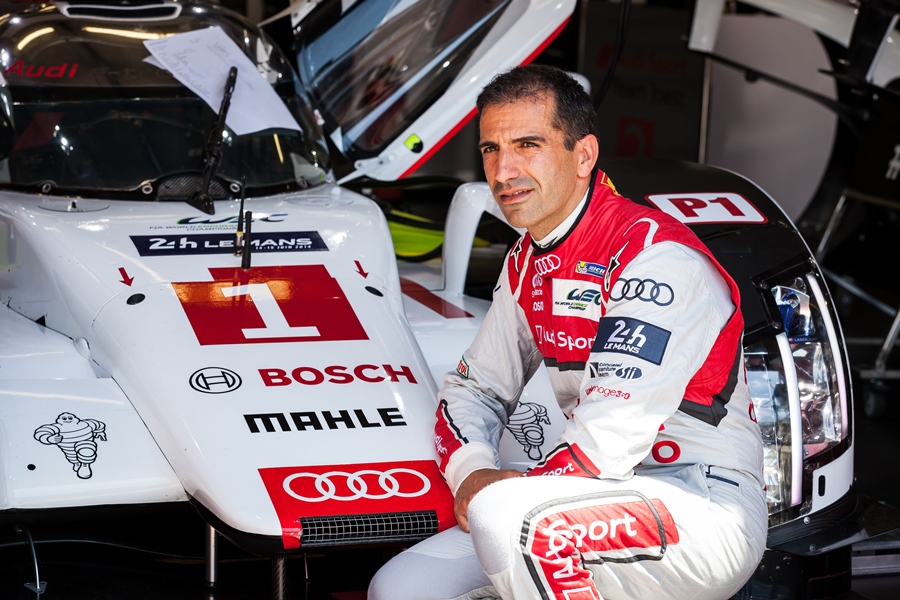

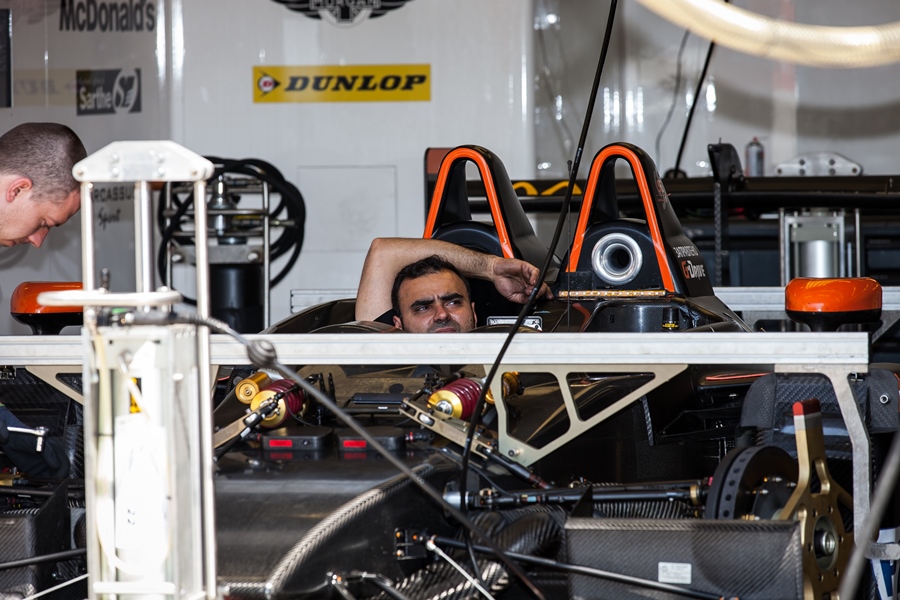
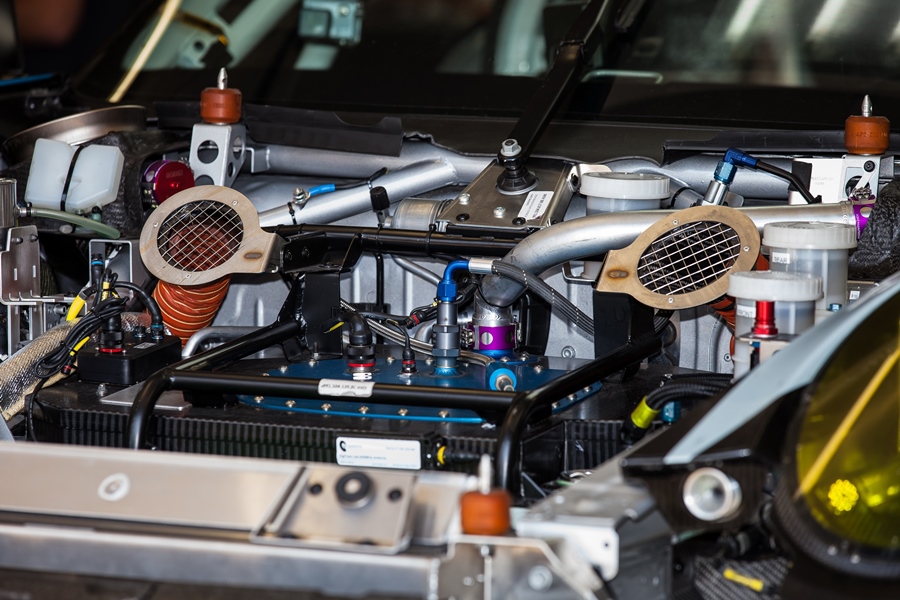
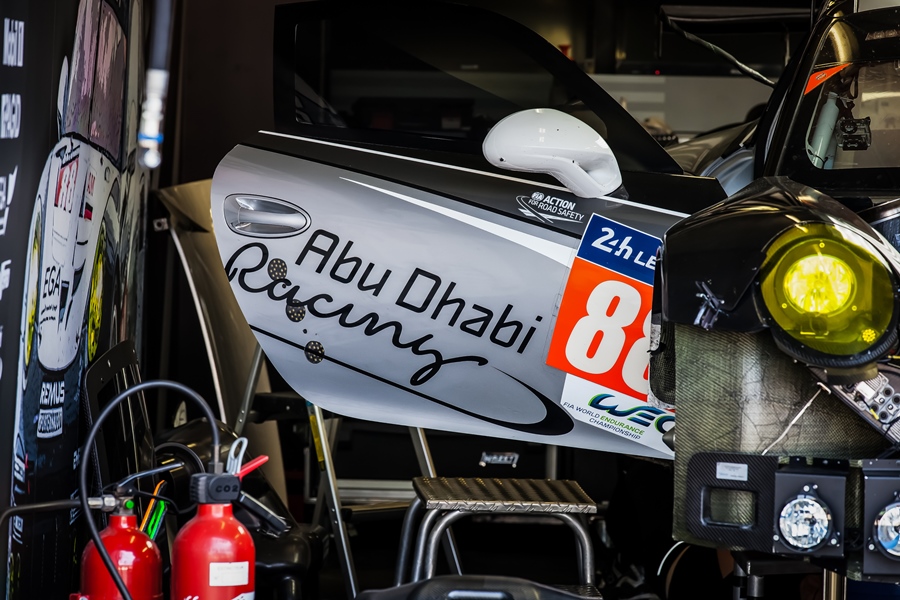



Race Day!




